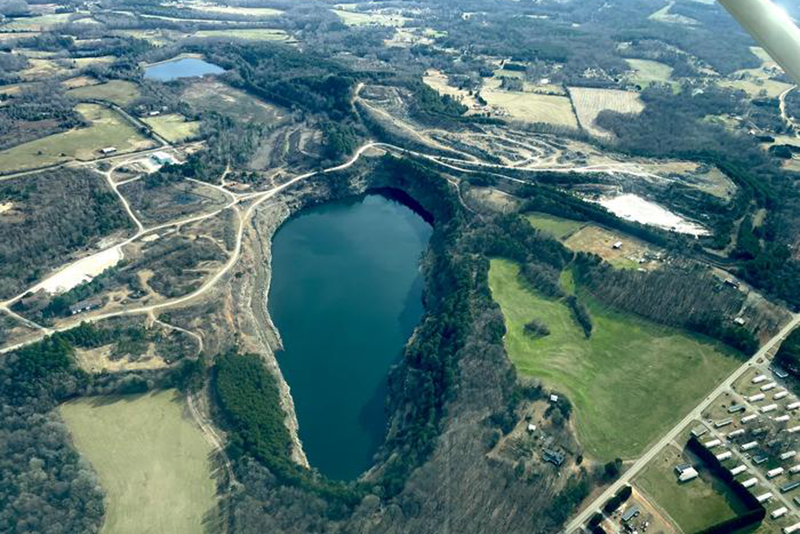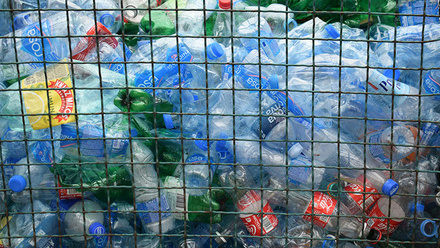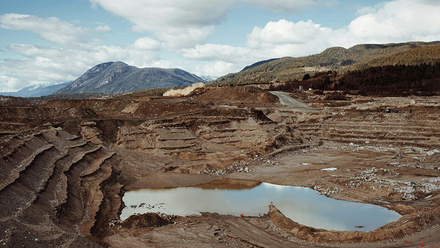New insights on effects of historic lithium mining on water quality
A site west of Charlotte, North Carolina, USA, has been examined.

Lithium ore and mining waste from the historial lithium mine is reported to unlikely contaminate surrounding waters with common pollutants such as arsenic and lead. However, high levels of other metals — namely, lithium, rubidium and cesium — do occur in waters associated with the mine.
The study from Duke University provides baseline data for future studies on how reopening lithium mines in the North Carolina piedmont will likely affect drinking water resources nearby.
The area where the Kings Mountain Mine is located was once the largest lithium-producing region in the world. Situated in wooded, rural terrain of the piedmont, the mine opened in the 1950s and was abandoned in the 1980s, when more accessible lithium deposits drew prospectors to South America.
The lithium at Kings Mountain primarily exists in granite-like rock called pegmatite, bound to a green-tinged mineral called spodumene.
For their study, the researchers collected samples of pegmatite and waste rocks from in and around the mine, as well as samples of tailings.
They also sampled groundwater from the mine and surface water from Kings Creek, which flows from the mine. Samples from various piedmont streams provided baseline data on water quality.
The researchers pulverised rock samples and mixed them in a solution designed to test how various contaminants might enter the surrounding environment. These laboratory experiments simulate how contaminants in the rocks would leach out under natural conditions.
They analysed the solutions, as well as the surface water and groundwater samples, for a wide range of metals commonly used to evaluate water quality. Common regulated contaminants - including arsenic, lead, copper and nickel - were found at levels below drinking water and ecological standards set by the US Environmental Protection Agency.
But rubidium and cesium were revealed at levels not normally seen in natural waters, and these are not federally regulated. The impact on human environmental health needs investigating.
Leaching experiments and evidence from water samples also indicates that the legacy lithium mine does not contribute to acidic runoff commonly associated with other mining operations, like coal mining. Rather, interactions between the ore and waste rock samples and water led to temporary alkaline conditions.
The study did not address the effects of active lithium mining and processing on water quality, the authors emphasise.







